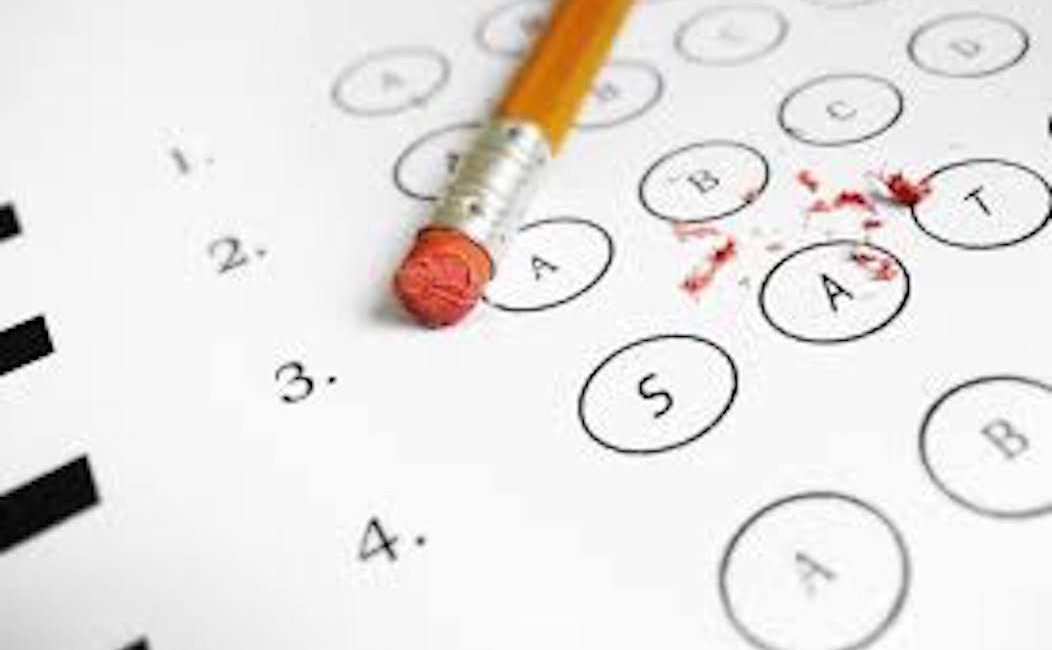Seeing improvement in SAT math score is possible for any student
By Hilary Gan, Varsity Tutors
No matter where your strengths lie in SAT prep, the math section will require its own set of guidelines for studying. Some students may fear this section, while others might feel more than ready to conquer it. Regardless, there are a number of strategies anyone can implement to help improve scores or even achieve a perfect score on SAT math.
Understand how SAT questions differ from average test questions
The SAT tests required high school math skills for all students, so test writers can’t increase difficulty by adding advanced subjects. Instead, the SAT tests different approaches and ways of thinking. A classic example is asking students to find the area of a circle inscribed in a square. Students know how to find the hypotenuse of a triangle, and how to find the area of a circle given its diameter. This question gets at both of those skills and tests critical thinking abilities by combining the two geometric shapes for a unique question.
Another typical SAT question format will require constructing an algebraic equation based on a word problem and solving for a missing variable, without direct instructions to do so. Practice looking for keywords that indicate this kind of question, and spend time with SAT practice tests to familiarize yourself with the multi-faceted approach the SAT tends to use.
Spend the most time on frequently recurring concepts
One of the most frequently tested skills on the redesigned SAT is solving single variable equations, followed by questions on linear functions. Hence, you may wish to focus the bulk of your time on improving your facility with the most frequently tested concepts, and save the most infrequent skills for extra study sessions. In the end, however, you’ll want to make sure you’re mastering everything — after all, that is how you can maximize your chances of a perfect score!
Study with practice tests
Never underestimate how powerful practice problems and full-length practice tests can be. Use your first practice exam to identify concept and time management weaknesses; then, spend the next few study sessions resolving the answers you missed and reviewing those concepts with notes from math class, textbook problems, or a trusted SAT guide. When you feel you’ve mastered your biggest content weaknesses, take another full-length practice test with a timer and see how you do. Rinse and repeat.
Brush up on basics
One math portion of the SAT prohibits the use of calculators so it will be important to practice basic math functions and review order of operations. Having a firm foundation in the basics will also help reduce time and boost confidence. Practice mental math in everyday tasks, such as adding up the bill at the store before paying, calculating tips at restaurants, or dividing fractions while cooking. Make sure you’ve mastered setting up equations quickly, and practice identifying what a question is truly asking by underlining key words or rewriting the question as an equation.
With enough time and effort, seeing improvement in a SAT math score is possible for any student. Take the time to identify the skills that need the most improvement, seriously analyze mistakes and difficulties, and practice basic skills and time-management strategies. With enough repetition, the SAT math section will feel natural.
Hilary Gan is a contributing writer for Varsity Tutors, a live learning platform that connects students with personalized instruction to accelerate academic achievement.

